Day 1 Friday 17th April
Ten group members met Paul and Terry at Heathrow Terminal 2, for the 10.15pm Aegean Airways flight A3609 to Athens. The other five group members had departed on the earlier 12.15pm flight A3601.
Day 2 Saturday 18th April
Karlovassi
Upon our arrival in the Greek capital, we made our way to the departure gate for the 7.55am Aegean Airways flight to Samos, and it was at this point that the whole group assembled. I managed to lose my Nexus 10 tablet on the flight change. I have never been asked to unpack all my photographic gear before, and have each item individually x-rayed. In the panic of putting all the kit back, the tablet was forgotten. Remembered before catching the second flight, and was able to reclaim it from the security.
Tried to identify the various islands as we flew over them. Was not a big success. We arrived on the island, after the 45-minute flight, at 8.50am, and made our way to the baggage hall to collect our bags, before Paul and Terry arranged the minibuses.
We set off in a north-westerly direction towards the town of Karlovassi, and the Hotel Astir. Early sightings along the way included Kestrel, Woodchat Shrike and ‘Black-capped’ Jay. The drive was quite long, but very scenic. The island was larger than I had imagined. At the Hotel Astir, our base for the week, we were met by Theo and his mother, Argiro, who quickly allocated the rooms. We then gathered downstairs for a late breakfast, before taking a rest period in order to re-charge batteries.
At 3pm, we met up with Terry and Paul to take a walk behind the Astir Hotel. The afternoon was bright and sunny with a stiff breeze, as we set off through the market gardens, vineyards and fields leading down to a stream, on the edge of Karlovassi, Our herpetologist, Andy, found a Leopard Snake, and the photographers made the most of the opportunity. It was not long before Spanish Sparrow, Woodchat Shrike and White Wagtail attracted the attention of the birders. An Eastern Olivaceous Warbler called once or twice. On the return walk back to the hotel, a variety of yellow wagtails, including Black-, Grey- and Blue-headed races, were seen foraging amongst the vines. At the stream, Wood Sandpiper was evident, but Terry found a feeding male Citrine Wagtail. For the botanists, there was Rubia tinctoria (Wild Madder), Trifolium resupinatum (Reversed Clover), Acanthus spinosus (Spiny Bear’s-breech), both varieties of Glebionis coronarium (Crown Daisy), Orobanche ramosa (Branched Broomrape) and Trifolium clypeatum (Shield Clover). After spending some time, we returned to the hotel for our evening meal.
Beers and wine were consumed before, during and after the meal. Our room was adequate, a typical Greek hotel, though not particularly comfortable. The water was a disaster though. It was cold, though after running it for 10 minutes, it started to run slightly warm.
Day 3 Sunday 19th April
Marathokambos – Limnionas – Paleochori – Plaka – Kastania
An early bird walk, from 6.30am, checked the vine and vegetable fields and the stream at the rear of the hotel for morning migrants. Black-headed, Blue-headed and Grey-headed Yellow Wagtails, Whinchat, Woodchat Shrike, Eastern Olivaceous Warbler, Hooded Crow and Common Whitethroat were all recorded. Overhead a variety of hirundines and swifts swirled around. We were able to appreciate the differences between Red-rumped and Barn Swallow, but Pallid Swifts were a little more tricky to differentiate, so we left that task for another day.
After breakfast, we headed south-west towards the Marathokambos Bay area. Our first stop was on the top of a hill where we searched for orchids, among a stand of Pinus halepensis (Aleppo Pine). We were not disappointed, finding Ophrys lutea subsp. galilaea (Small Yellow Ophrys, formerly known as Ophrys sicula), Ophrys fusca subsp. fusca (Sombre Bee Orchid) and Orchis anatolica (Anatolian Orchid). There was also Securigera cretica (Small Crown Vetch) and Trifolium uniflorum (One-flowered Clover). On the road verge, we also found Ophrys sphegodes subsp. mammosa (an Early Spider Orchid). For the birders there were Coal Tit, Great Tit and Chaffinches, with Blackbird singing from every hillside. There seemed to be few migrants around just resident species, which may be due to the cold northerly winds.
We now continued down to the south coast then turned west towards Kambos and Limnionas, making our next stop at an Olive grove near Limnionas, where Anacamptis (Orchis) coriophora (Bug Orchid), Ophrys speculum subsp. regis-fernandesii (King Ferdinand’s Mirror Orchid), Ophrys umbilicata, Muscari macrocarpum, Lagoecia cuminoides (Lagoecia) and Tragopogon sinuatus were all recorded. The birders meanwhile saw three Short-toed Eagles, numerous ‘Black- capped’ Jays and Kestrel. During this stop, Andy found Snake-eyed Lizard and Dwarf Snake, and the nymph of an Empusid Mantis was also spotted.
Moving on, we climbed up to another area of olive groves and rocky roadsides, just above the village of Paleochori. Here, we enjoyed our picnic lunch before exploring further. During the meal, Hen Harrier and a pair of Short-toed Eagles were seen. Three species of Cistus carpeted the hillside. These were Cistus creticus (Large Pink Cistus), Cistus parviflorus (Small-flowered Cistus) and Cistus salvifolius (Sage-leaved Cistus). Valerie also found Cytinus hypocistus, a plant parasitic on the Cistus family. In the Olive groves we found Anacamptis morio subsp. picta (Mediterranean Green-winged Orchid), Serapias orientalis (a Tongue Orchid), and Gagea graeca. We also identified Eastern Dappled White, Green Hairstreak and Small White butterflies, a nymph of Praying Mantis was found, and Andy also managed to find the curious Worm Snake.
Moving to a point above the village of Plaka, we stopped to explore an open scrubby hillside, on the lower slopes of Mount Kerketeas. The track leading up the hillside was very rich botanically, with Ophrys ferrum-equinum (Horseshoe Orchid), Orchis italica (Naked Man Orchid), Alkanna tinctoria (Dyer’s Alkanet), Ophrys fusca subsp. iricolor (Rainbow Ophrys) and Ajuga chamaepitys subsp. chia (a Ground Pine). The ornithologists also enjoyed some of the more special birds of the island, with good views of male Rüppell’s Warbler and a solitary Saker Falcon. A large and potentially dangerous specimen of the Large European Centipede was also seen, along with Green-underside Blue, Clouded Yellow butterflies.
After stopping for refreshments in Kambos, we began to make our way back to Karlovassi, making a detour via the village of Kastania where, on a roadside, Ophrys reinholdii (Reinhold’s Ophrys), Orchis italica (Naked Man Orchid) Anemone coronaria (Crown Anemone) and Ornithogalum nutans (Nodding Star of Bethlehem) were found. A distant Tawny Owl was heard calling despite being daytime, but the Cretzschmars Bunting remained out of sight, probably keeping low out of the cold wind. It was decided to try another site in the morning as it was now time to return to Karlovassi, for dinner.
Day 4 Monday 20th April
Psili Amos (Alyki Wetlands) – Mykali Beach
This was a very early morning for the birders who travelled twenty minutes to the outskirts of Marathakambos in search of Cretzschmar’s Bunting. It was again cold with northerly winds blowing, making birding tricky. Eventually the Bunting could be heard singing over the noise of the wind. They were giving distant views as they stayed close the ground. We then found Sardinian Warbler and Hoopoe to cheer us up after struggling with the Cretzschmars. Just as we were thinking of getting back for breakfast, we finally had brief but excellent views as the Buntings flew from the ground onto an overhead wire. We were then treated to the curious sight of Andy returning to the group, wearing Starred Agamas on his jumper. They were made torpid by the cool temperatures and just hung there to be admired, before Andy returned them to the spot where he found them. We then set off back to the hotel for breakfast.
As we set off for the day, there were a few spots of rain in the air, but they did not develop. We headed east along the north coast and then south, past Samos Town, to the Alyki Wetlands at Psili Amos. We parked near the old salt works, and began to study the scrub and lake. Ruddy Shelduck, which breed by the lake, were in good numbers, and there was also a pair of Greater Flamingos, together with Coot, Mallard, Black-winged Stilt, Yellow-legged Gull and Squacco Heron. Around the lake there were Corn Buntings singing, with Zitting Cisticolas flying overhead. A Short-toed Eagle, Marsh Harrier, Long-legged Buzzard and Kestrel were also seen. A distant ringtail was a challenge to identify in difficult light, but female Montagu’s Harrier was the most likely option. Meanwhile the botanists were hard at work among the rich array of flora they had found. Limonium sinuatum. (Winged Sea Lavender), the leaves of the distinctive Arum dioscoridis, Parentucellia viscosa (Yellow Bartsia), Serapias bergonii and Serapias orientalis (Tongue Orchids) were all identified.
Moving onto the sandy foreshore, we added Silene colorata, Anthemis tomentosa (Woolly Chamomile), Anthemis rigida (Rayless Chamomile) and Legousia pentagonia. Also on the beach, we watched Crested Larks, and walked to the end house, recording Greater Short-toed Lark and Tawny Pipit amongst more common birds before returning to the vehicles for lunch. At this point, Andy produced the results of his morning’s hunt with a splendid Dahl’s Whip Snake.
We took our picnic in the shade of the old salt works, overlooking the lake, before moving off in a westward direction, parking on the beach at Mykali. Here we explored an area of semi-saline fields, some of which showed signs of having been cultivated in the past. Ophrys apifera (Bee Orchid), Ophrys bombyliflora (Bumblebee Orchid) and Leopoldia comosum (Tassel Hyacinth) were among the flowers found. For the birders, there was Little Bittern (seen only by Andy), a flock of seven Squacco Herons, Wood Sandpipers and a few Little Stints. There were also many Corn Buntings and brief views of a Purple Heron to complete the birding. On the shingle, the botanists added Cymbalaria longipes (an Ivy-leaved Toadflax) and the leaves of Pancratium maritimum (Sea Daffodil), before we made our way back to the hotel, via an ice cream shop.
Day 5 Tuesday 21st April
Pyrgos – Mylai (Temple of Hera) – Polokaki Beach – Pythogoreio
In the morning, the birding group met at 6.30am as usual. It was a much calmer morning with only a light breeze. Our target location was the stream to the east of Karlovassi, where the Glossy Ibis had been seen yesterday. The Ibis was re-found alongside a few Wood Sandpipers and some flitting warblers (Reed, Eastern Olivaceous and Sardinian).
After breakfast, we set off on the road towards Pythagoreio, turning off at Pyrgos, where we spent the morning examining a scrubby hillside, just above the town. Botanical finds included Silene dichotoma (Forked Catchfly), Althaea hirsuta (Hairy Mallow), and Serapias bergonii (a Tongue Orchid), Orchis anatolica (Anatolian Orchid), Ophrys scolopax subsp. heldreichii (Heldreich’s Ophrys), and Orchis italica (Naked Man Orchid) among other orchids. There was also Quercus coccifera (Kermes Oak), Cistus parviflorus (Small-flowered Cistus) and Hymenocarpus circinnatus (Disc Trefoil). Birds included Eleanora’s Falcon, Sardinian Warbler and good views of Rüppell’s Warbler and our first Subalpine Warbler. Among the butterflies, there were Large, Small and Eastern Dappled Whites, Holly Blue and Samos Eastern Festoon. There was also another Worm Snake and a juvenile female Ottoman Viper.
After an excellent morning, our leaders prepared our lunch, before it was time to move on. We made our way south, through Koumaradei and Mylai, to the ancient ruins of the Temple of Hera.
There were a few warblers around the site but nothing new and, after an hour sightseeing, we then set off for Polokaki Beach. For the birders, there were several large flocks of Greater Short-toed Lark, also Corn Bunting Crested Lark, Tawny Pipit, Wood Sandpiper, a superb Collared Pratincole and a stunning Male Montagu’s Harrier. On the pools, there were a variety of waders and many races of Yellow Wagtails. Meanwhile the botanists added Silene coloratus, Melilotus messanensis, Zygophyllum fabago (Syrian Bean Caper) and Cyperus capitata.
From here, we made our way down into Pythagoreio, for a short visit to the town and to enjoy light refreshments.
In the car park, we added Alpine Swift and Jackdaw, before making our way back to Karlovassi. Along the way, the birders found a small group of Golden Oriole.
Day 6 Wednesday 22nd April
Ydroussa – Potami Beach
The morning’s bird walk produced very little as migrants remained absent. Olivaceous Warbler was heard and the Glossy Ibis was joined by another, but no new birds were seen.
After breakfast, in warming sunshine but a cool breeze, we headed for the village of Ydroussa, a few kilometres inland, to the east of Karlovassi. Parking the minibuses in the town car park, we started along the track towards the villages of Kondeika and Platanos. Before leaving the car park, we listened to newly arrived Nightingales, practicing bits of their songs. The path took us past olive groves, some which had, unfortunately, been sprayed with herbicides, but others were rich in flowers. Early finds were Calendula arvensis (Field Marigold) and Erodium cicutarium (Common Stork’s-bill). Butterflies were well represented and included Eastern Dappled White, Eastern
Bath White, Orange Tip, Samos Eastern Festoon, False Apollo and Brown Argus. Trifolium tomentosum (Woolly Clover), Dracunculus vulgaris (Dragon Arum), Erica arborea (Tree Heather), Arbutus unedo (Strawberry Tree) and Styrax officinalis (Storax) were all added as we went. A solitary Short-toed Eagle was seen consuming a snake, whilst hovering. After taking our lunch in a shady Olive grove, we began to make our way back to the vehicles; as we went we added Snake-eyed Lizard, and the botanists added Limodorum abortivum (Violet Bird’s-nest Orchid) and David found Epipactis densiflora (a Helleborine).
We now made our way down to Potami Beach, where we parked by a small meadow. It was not too long until Andy found an adult Caspian Whip Snake, the birders located Yelkouan Shearwater and the botanists found Ophrys scolopax subsp. cornuta (Eastern Woodcock Orchid) and Ophrys fuciflora (formerly O.episcopalis, a Late Spider Orchid). At this point the sky darkened, and spots of rain began to fall, so we retired to a harbour-side café for very welcome coffee, before return to Potami, where we walked up the path by the stream, which passes one the Island’s oldest churches, Metamorphosis tou Sotiros. Here, we found Starred Agama, sunning itself on a wall, Procopiana cretica (Procopiana), Umbilicus parviflora (Small-flowered Wall Pennywort), Campanula hagleia (a Bellflower) and Ajuga orientalis (Oriental Bugle). Butterflies were represented by Orange Tip, Holly Blue and Cleopatra.
We now made the return journey to the Astir Hotel
Day 7 Thursday 23rd April
Hora – Agias Triados Monastery – Ambelos Mountains
The day dawned bright and sunny, but the omni-present breeze was still keeping the temperature low. The early bird walk again did not produce many migrants, but a Common Whitethroat was added to the days list, whilst on the stream the Wood Sandpipers had been joined by a Common Sandpiper and a few Little Stints.
As soon as breakfast was finished, we were on the road eastwards through Pyrgos and on to Hora, where we turned north up towards Mytilini. We made a brief stop on a wide gorge. Despite the cold wind, the birders managed to get excellent views of Cretzchmar’s Bunting, and the botanists found Satureja thymbra (Satureja), Salvia fruticosa (Three-leaved Sage), Origanum vulgare subsp. viridulum (O. heracleoticum, Green Oregano) and Dracunculus vulgaris (Dragon Arum), before moving on to some old arable fields on a side road, in a valley above Pythogorio, to the north of the Agias Triados Monastery. Gladiolus italicus (Field Gladiolus), Ranunculus arvensis (Corn Buttercup) and Allium nigrum were the botanical highlights, but a pair of European Rollers entertained us all for about a quarter of an hour. We also heard a distant Corn Bunting and glimpsed Little Owl.
We now moved on to the Triadas monastery where the Rollers had not yet begun nest building. However, that did not dissuade us. The botanists explored the area, finding Bellevalia trifoliata, Ophrys scolopax subsp. cornuta (Eastern Woodcock Orchid), Adonis annua (Pheasant’s Eye) and a fine show of Anacamptis laxiflora (Lax-flowered Orchid), in the normal purple and white colour forms.
It was now time to set off back towards Karlovassi once again. When we got Pyrgos, we turned north towards the village of Pandhroso, where we turned up a long, rough track to the summit of Ambelos Mountain. As we slowly climbed, several Golden Orioles and the Samos race of Jay were seen. After fifteen minutes, we stopped
to admire a fine stand of Dactylorhiza romana (Roman Orchid), mixed with the emerging spikes of Orchis mascula subsp. mascula (Early Purple Orchid). Even though we were at altitude, the wind had dropped, which brought out the butterflies in the afternoon sunshine, with Orange Tip, Green Hairstreak and Small Copper all seen. Most of the group elected to walk up the last third of the route to the summit. Along the way Chaffinch, Great Tit, Ruppell’s Warbler and Black-eared Wheatear were all noted. Meanwhile the botanists were finding Fritillaria bithynica, Cerastium comatum (a very hairy Mouse-ear), Aubrieta deltoidea (Aubrieta), Ophrys scolopax subsp. scolopax (Woodcock Orchid), emerging Iris attica and the fruiting heads of Galanthus reginae-olgae (a snowdrop), before it was time to return to our hotel.
Day 8 Friday 24th April
Potami Beach – Seitani Bays
The morning bird walk again didn’t produce any new migrants, just the usual warblers and waders. We did enjoy cracking views of the male Winchat, which is a striking bird. Overhead hirundines and swifts wheeled about, and on some sparsely vegetated land, we saw a Greater Short-toed Lark sitting very still, probably exhausted.
After a good breakfast, we headed north-west past the harbour, to Potami Beach, where we left our minibuses and started our walk towards the Seitani Bays. Our aim was to explore the coastal paths, tracks and Olive groves. We began with the botanists finding several naturalised specimens of Cupressus sempervirens (Italian Cypress), together with Hymenocarpus circinnatus (Disc Trefoil), Ophrys reinholdii (Reinhold’s Bee Orchid), Ophrys scolopax subsp. heldreichii (Heldreich’s Ophrys) and Securigera securidaca. Samos Eastern Festoon, Small White, the southern race of Speckled Wood (subsp. aegeria) and Green-underside Blue were among the butterflies recorded. In addition, Common Buzzard and Northern Raven were also seen. Lunch was taken in an Olive grove, which provided good shade, as the day was beginning to warm up significantly. During our meal, Holly Blue and Large Wall Brown were seen, and overhead we saw Alpine Swift.
During our walk back to Potami, Chaffinch, Great Tit, Sardinian Warbler and Blackbird were regularly heard. Plants added included Medicago rugosa, Ophrys lutea subsp. galilaea (Yellow Bee Orchid), Euphorbia dendroides (Tree Spurge), Lagoecia cuminoides (Lagoecia) and Trigonella balanse. We made our way slowly back to Potami, where we re-joined our vehicles.
It was now time to return to the hotel, in order to pack before dinner. A brief walk out the back of the hotel produced a gorgeous male Red-footed Falcon, which sat on the overhead wires swooping down to feed on beetles, lizards and dragonflies. Most of the group had excellent views as it hunted over the fields.
Day 9 Saturday 25th April
Samos – Athens – London
We were up for an early breakfast to get to the airport by 8am. En route to the airport some last minute birding at last produced good views of a Little Owl, scowling back at us. A perched Long-legged Buzzard was a nice find on the way.
We arrived at the airport on time and Diane found a magnificent Giant Peacock moth, which unfortunately was moribund. However it was still an impressive beast. Around the airport there were many hirundines and sparrows, but a Marsh Harrier, pursued by Hooded Crows was a nice end to the trip. It was then time to board and head towards Athens saying a farewell to Theo and Samos.
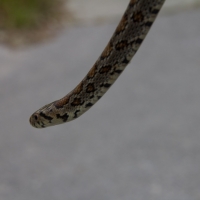
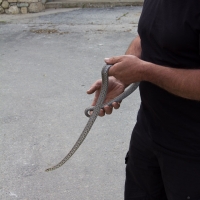
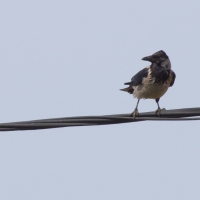
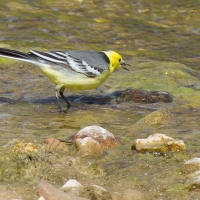
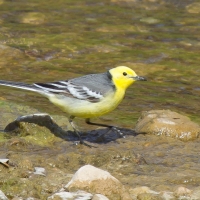
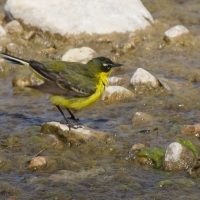
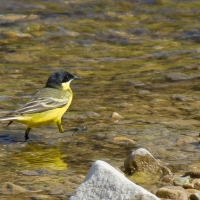
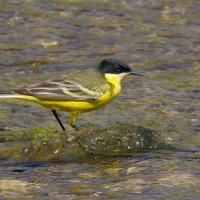
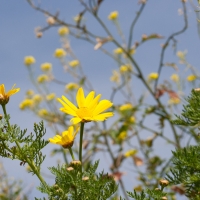
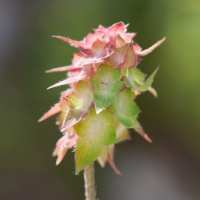
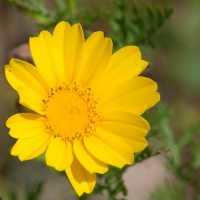
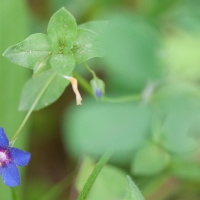
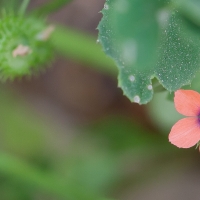
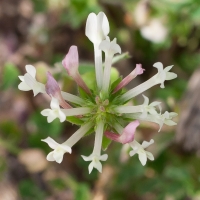
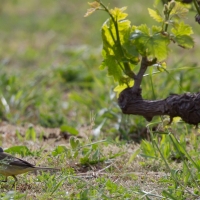
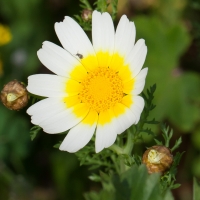
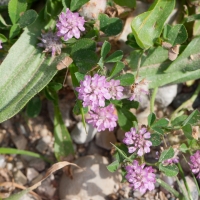
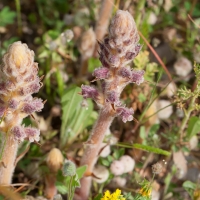
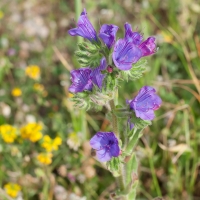
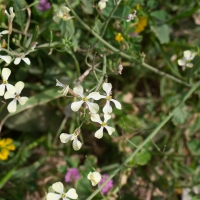
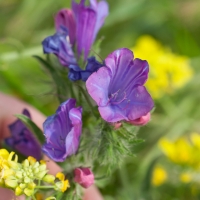
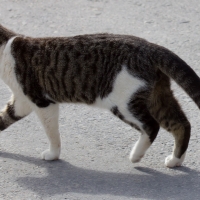
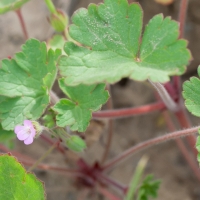
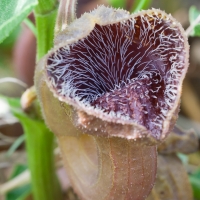
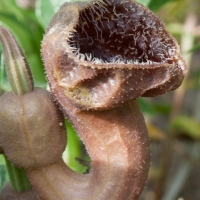
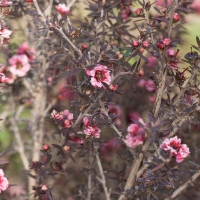
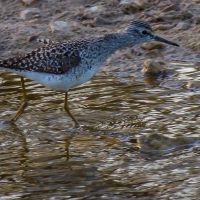
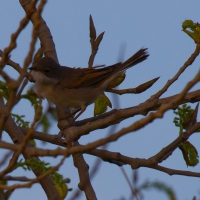
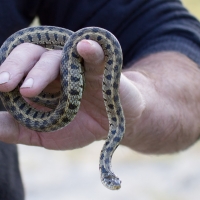
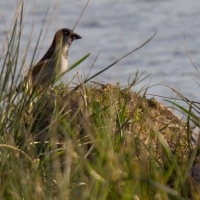
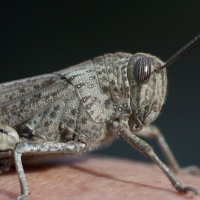
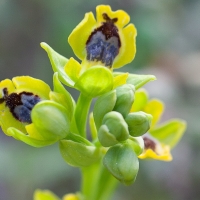
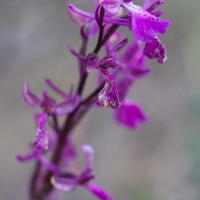
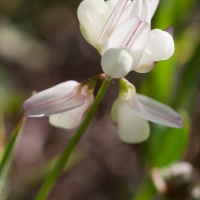
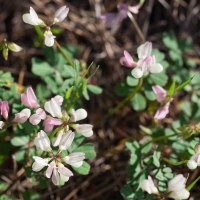
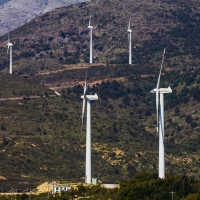
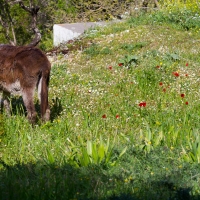
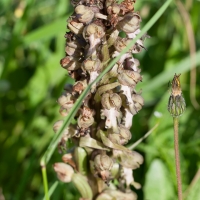
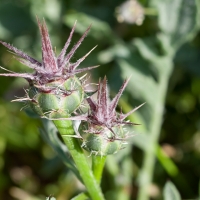
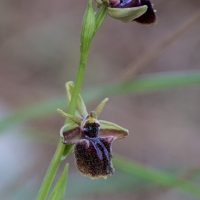
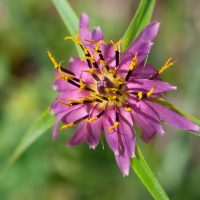
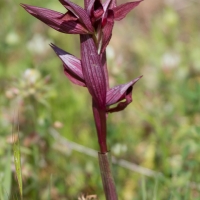
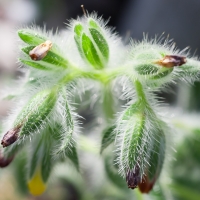
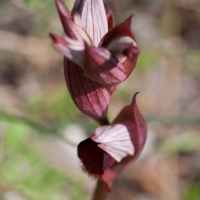
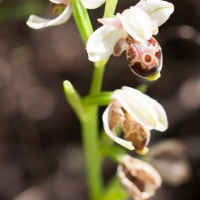
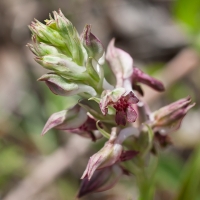
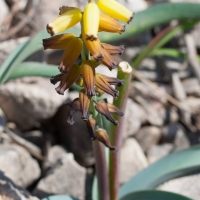
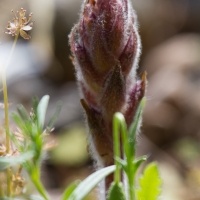
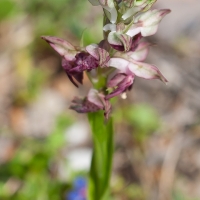
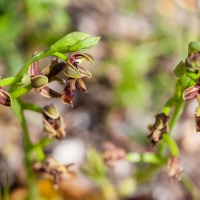
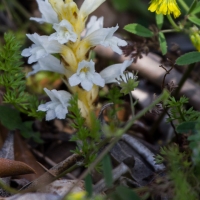
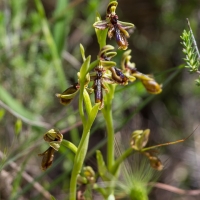
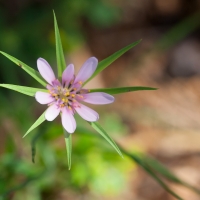
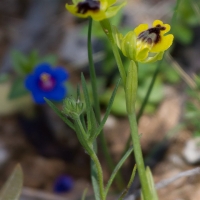
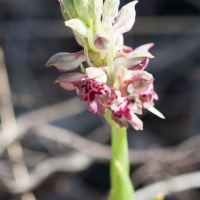
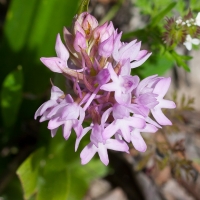
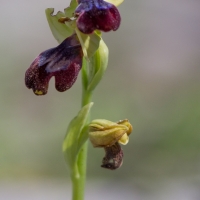
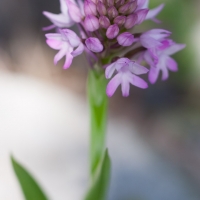
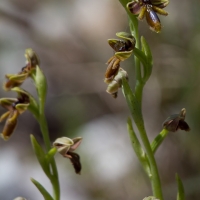
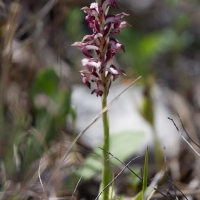
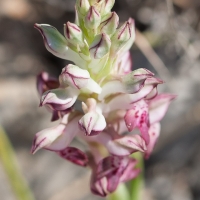
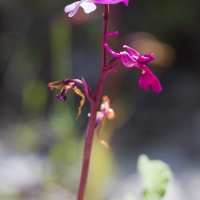
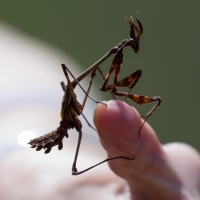
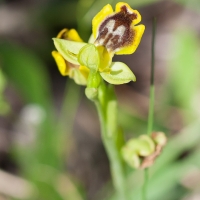
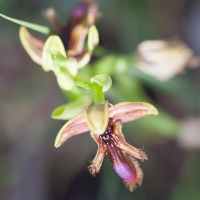
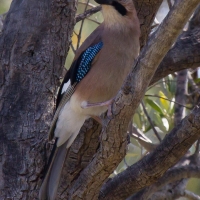
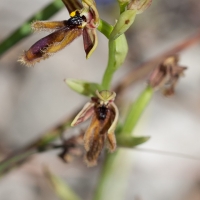
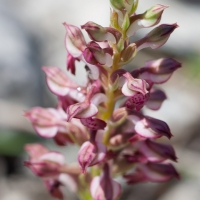
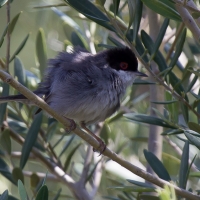
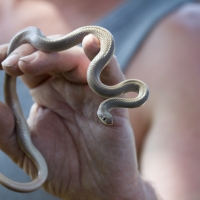
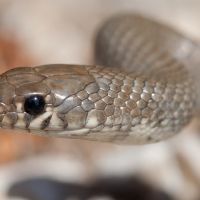
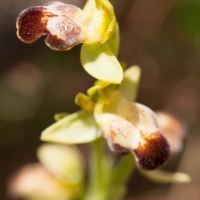
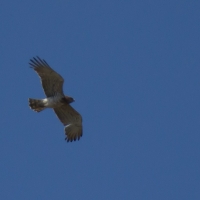
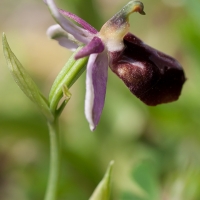
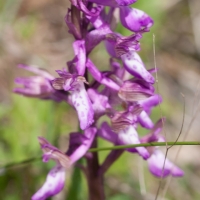
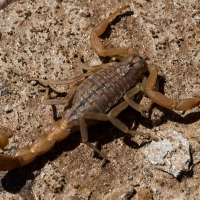
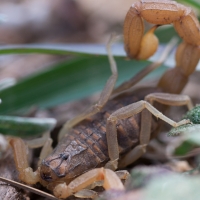
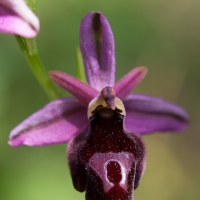
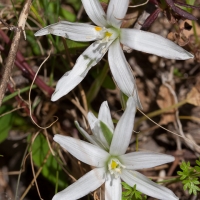
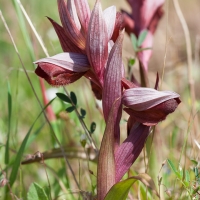
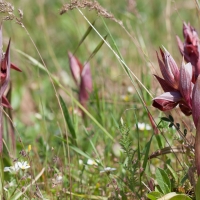
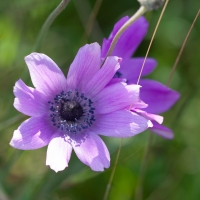
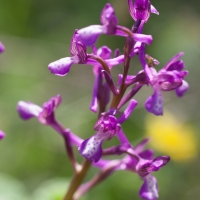
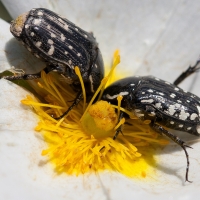
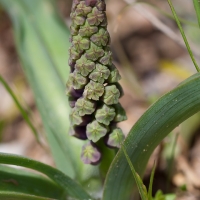
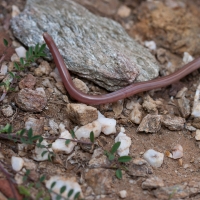
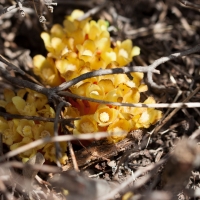
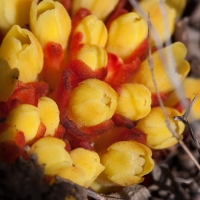
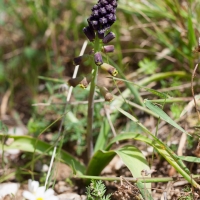
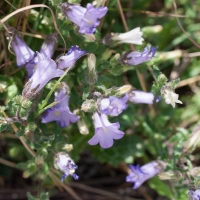
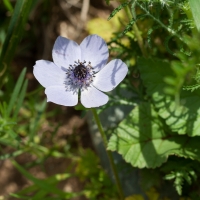
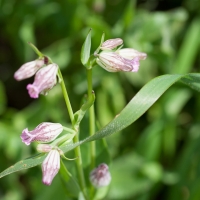
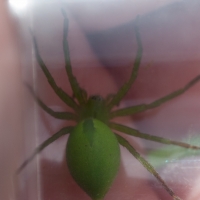
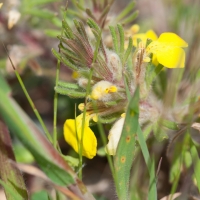
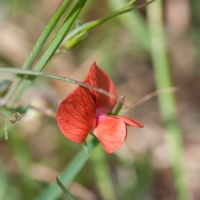
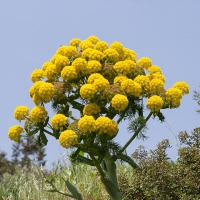
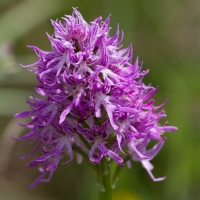
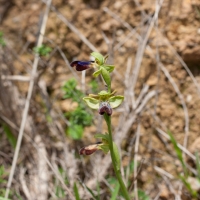
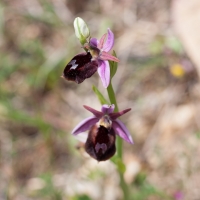
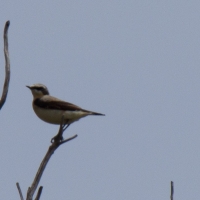
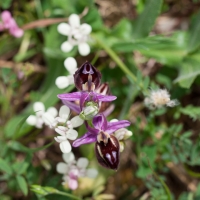
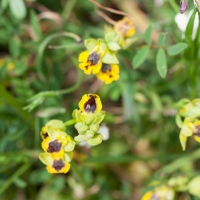
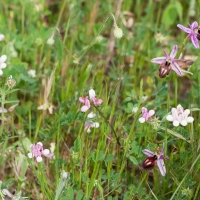
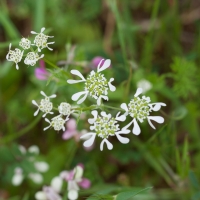
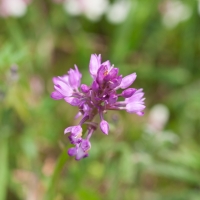
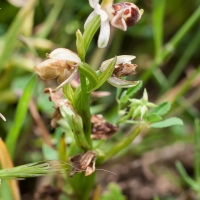
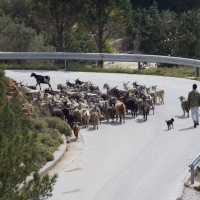
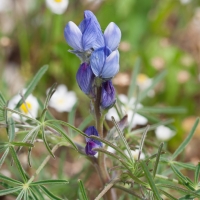
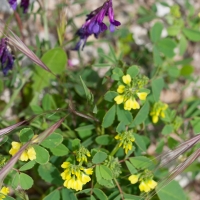
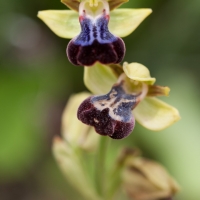
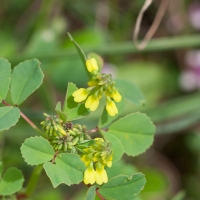
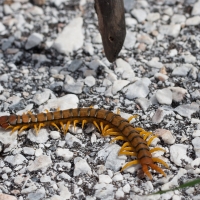
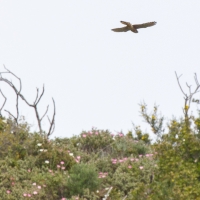
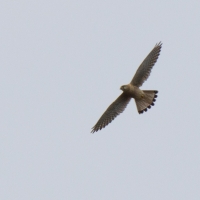
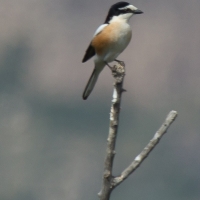
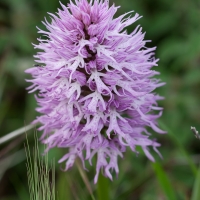
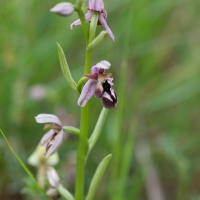
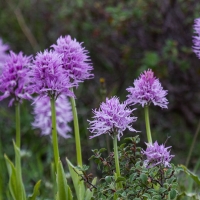
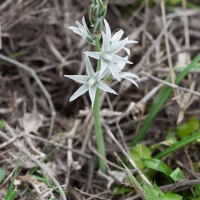
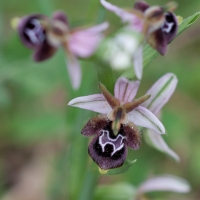
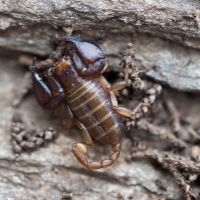
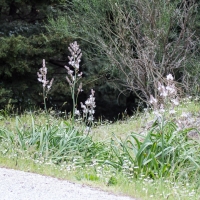
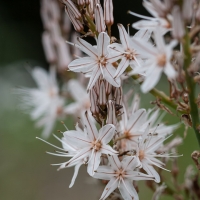
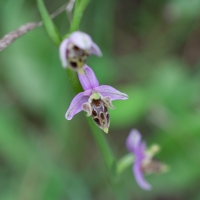
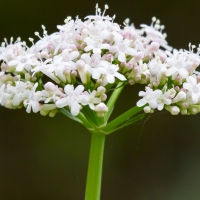
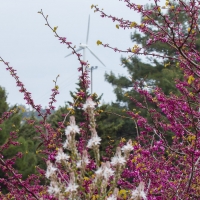
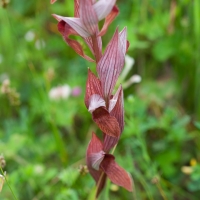
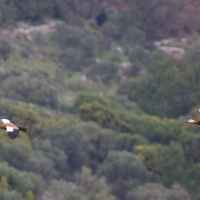
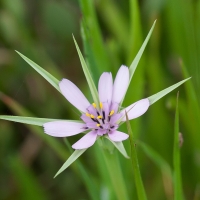
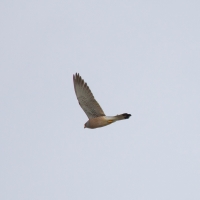
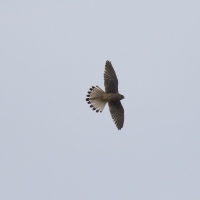
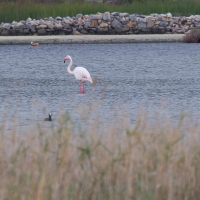
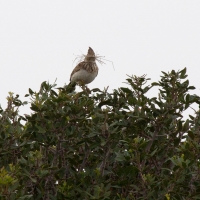
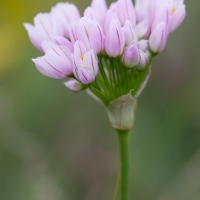
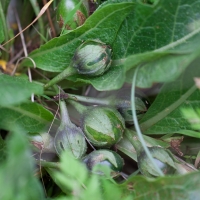
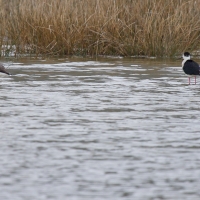
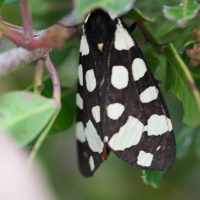
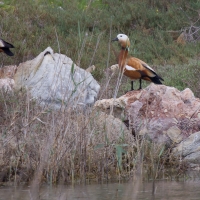
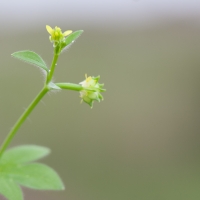
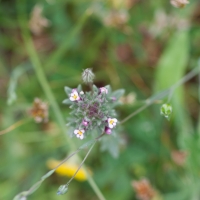
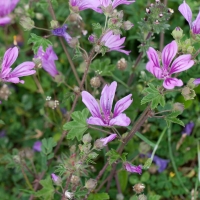
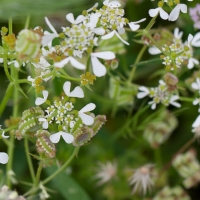
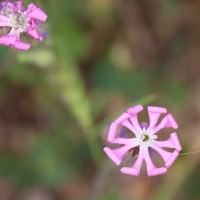
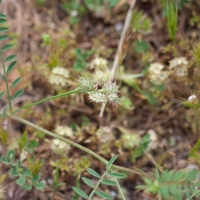
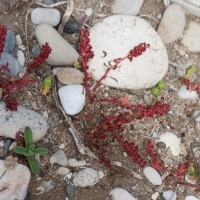
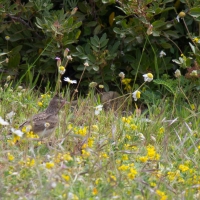
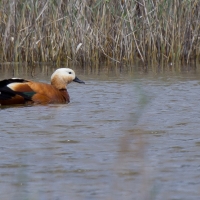
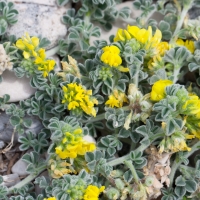
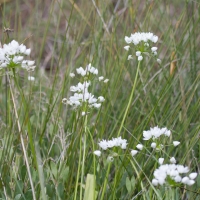
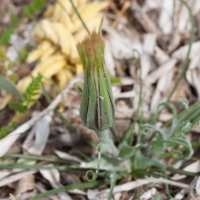
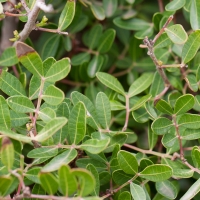
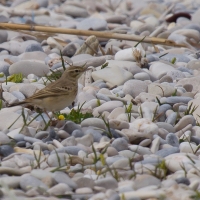
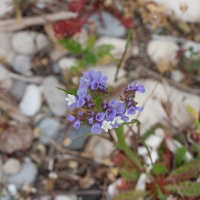
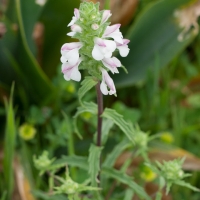
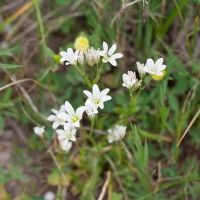
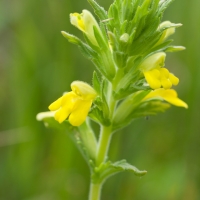
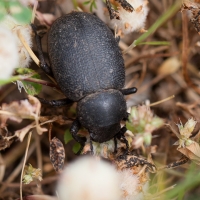
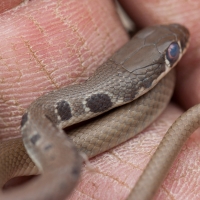
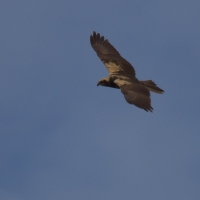
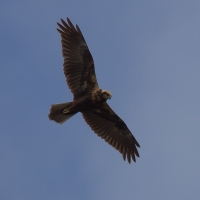
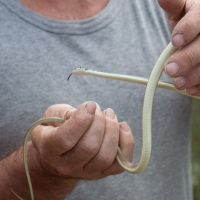
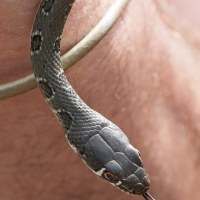
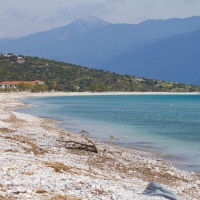
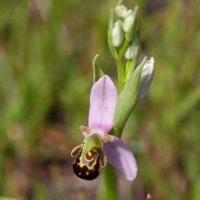
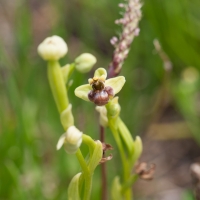
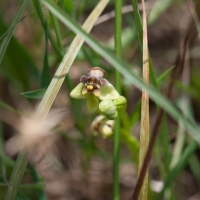
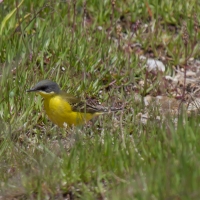
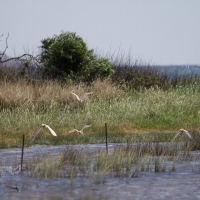
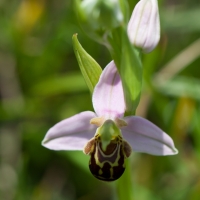
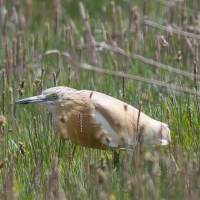
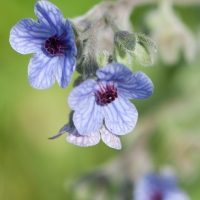
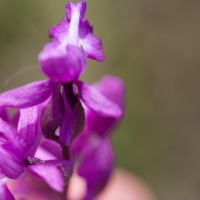
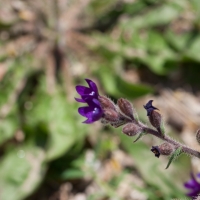
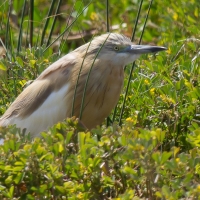
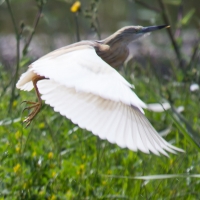
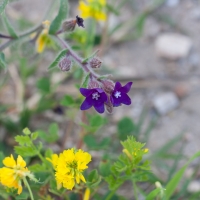
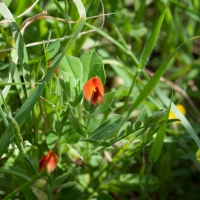
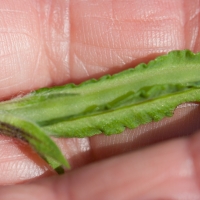
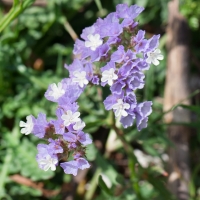
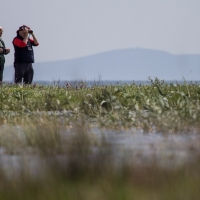
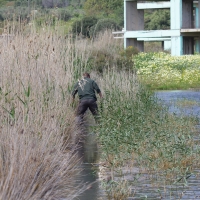
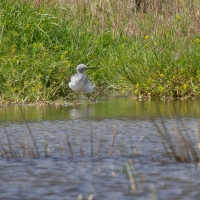
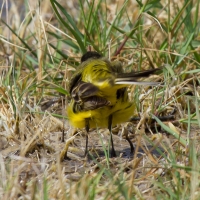
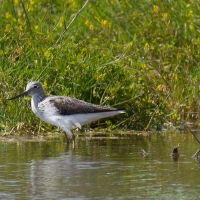
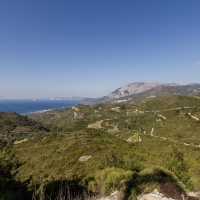
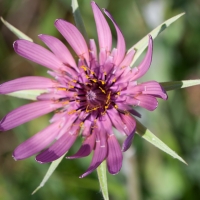
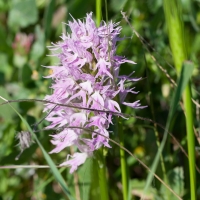
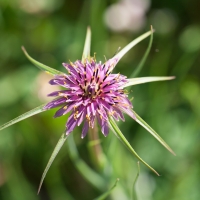
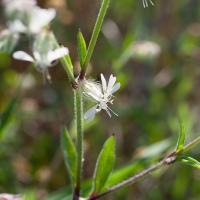
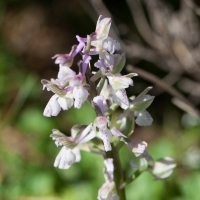
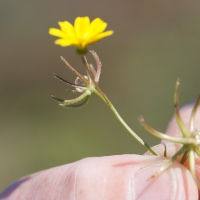
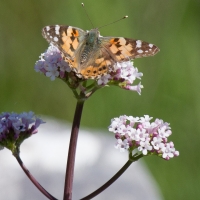
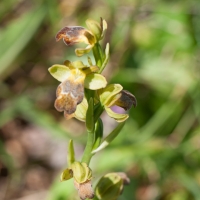
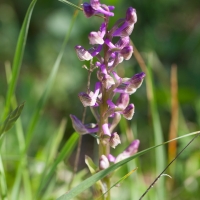
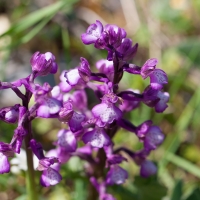
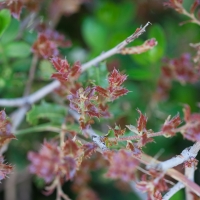
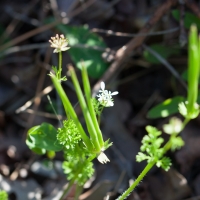
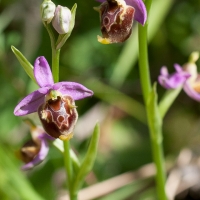
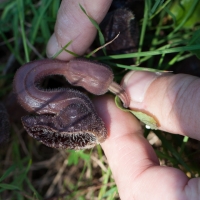
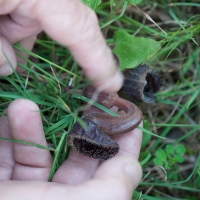
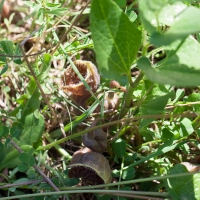
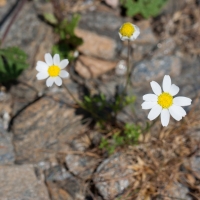
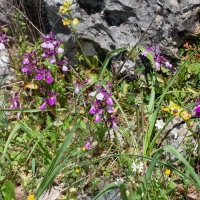
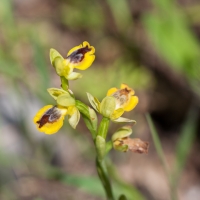
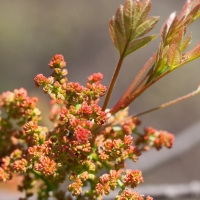
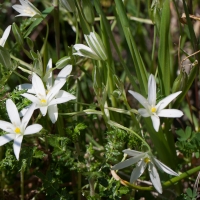
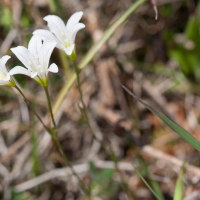
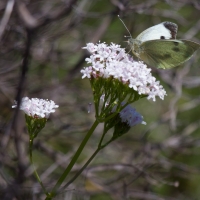
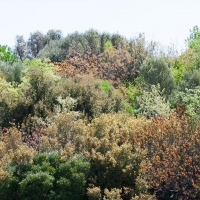
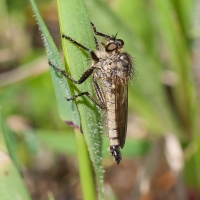
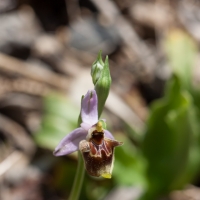
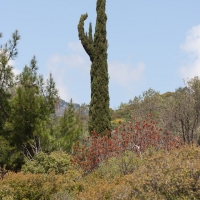
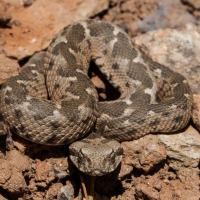
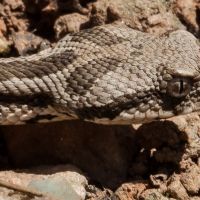
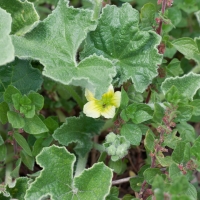
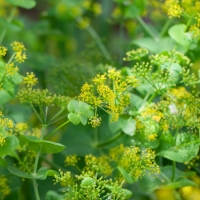
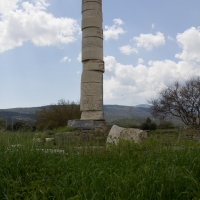
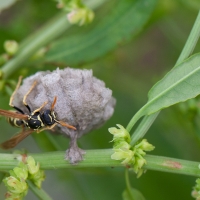
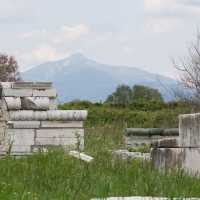
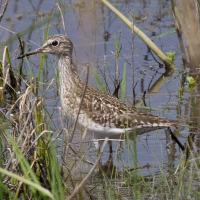
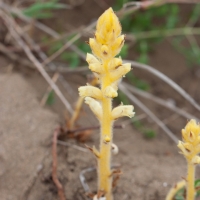
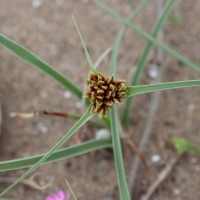
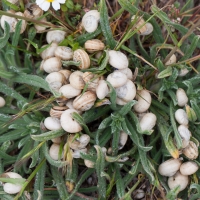
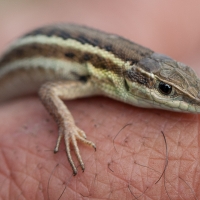
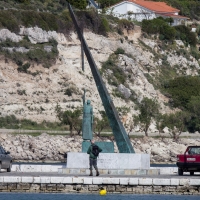
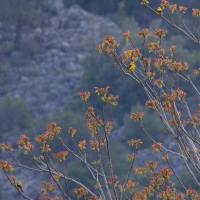
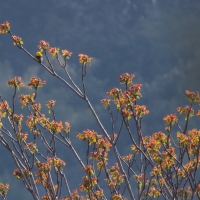
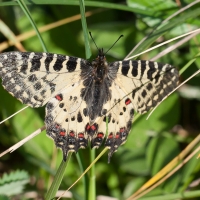
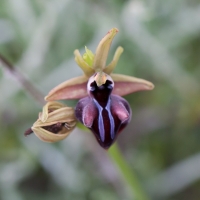
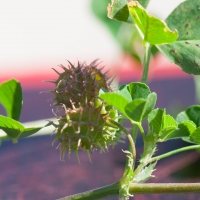
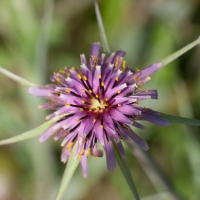
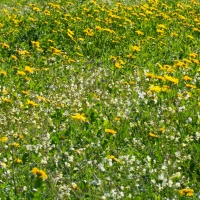
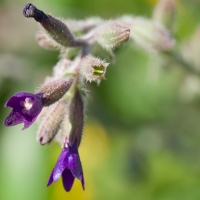
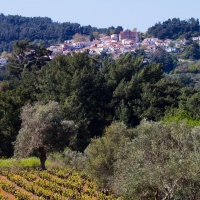
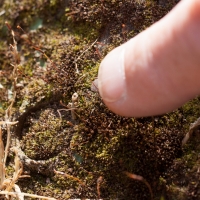
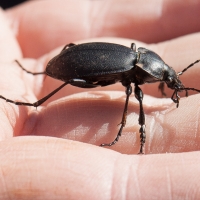
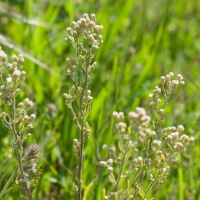
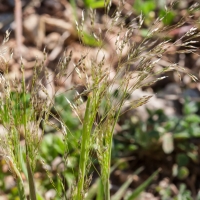
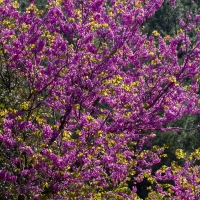
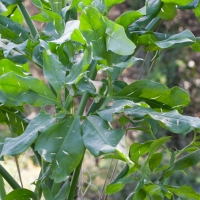
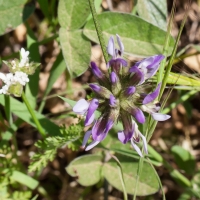
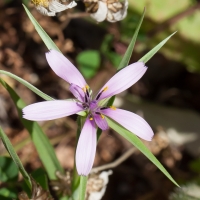
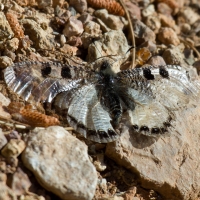
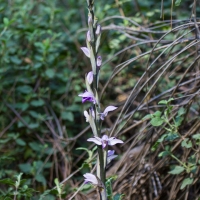
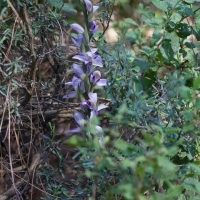
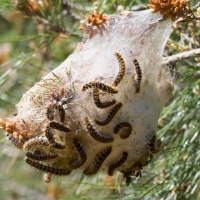
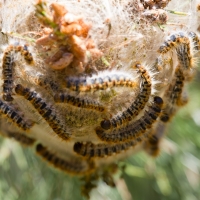
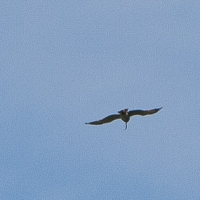
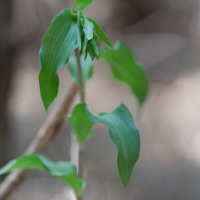
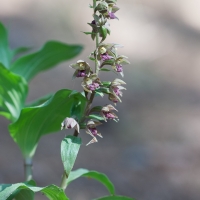
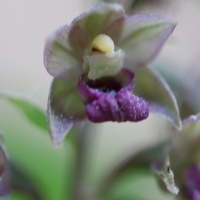
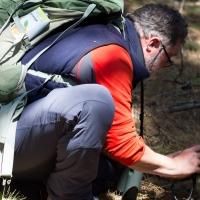
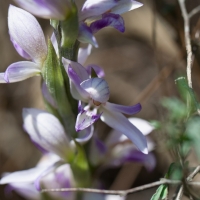
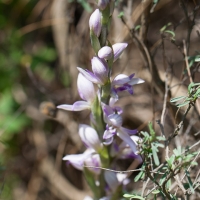
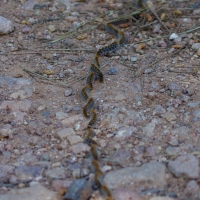
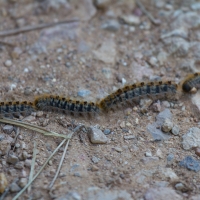
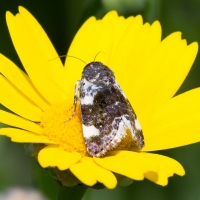
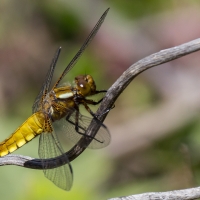
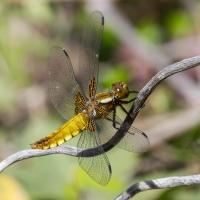
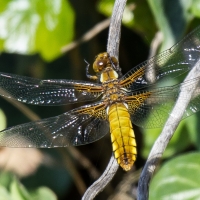
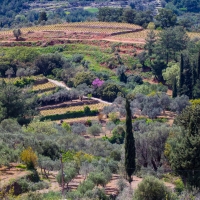
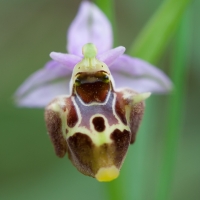
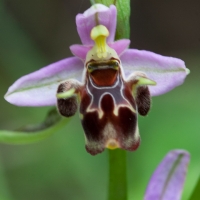
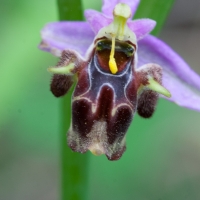
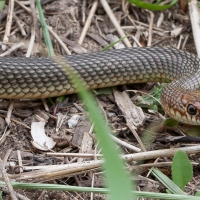
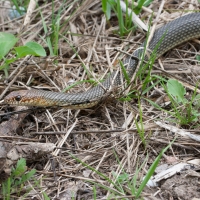
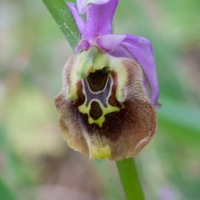
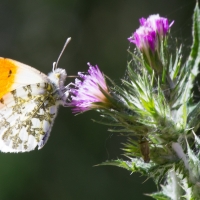
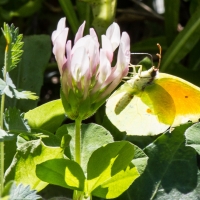
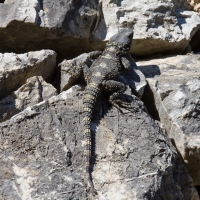
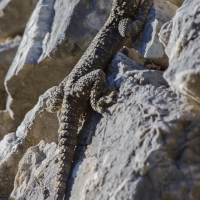
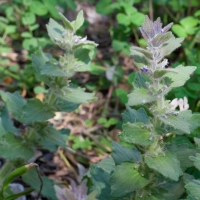
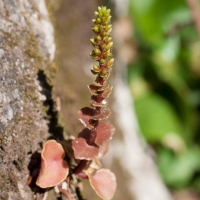
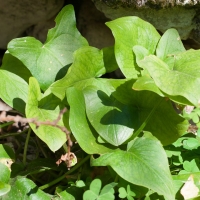
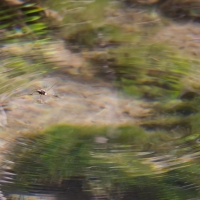
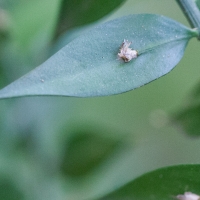
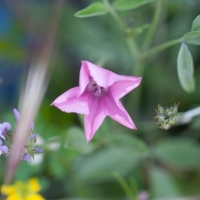
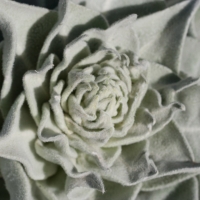
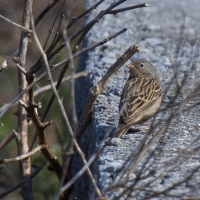
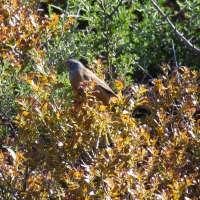
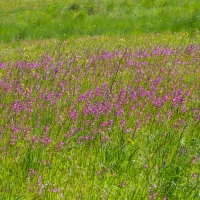
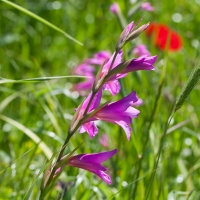
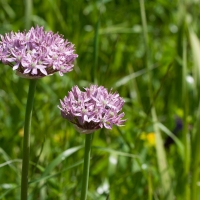
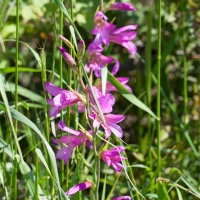
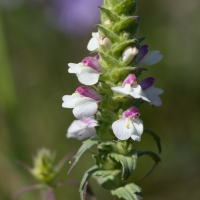
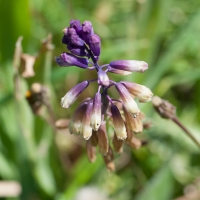
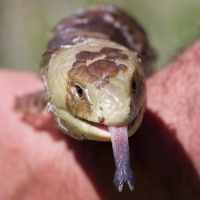
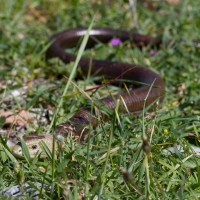
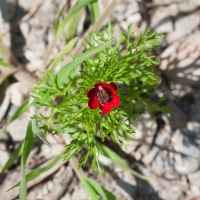
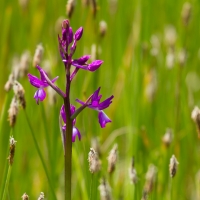
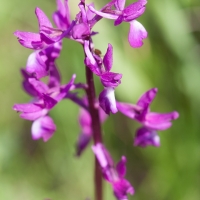
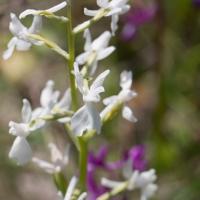
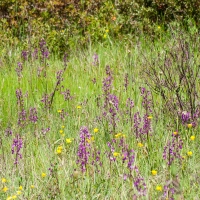
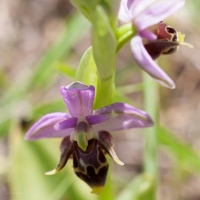
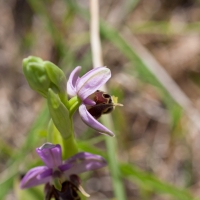
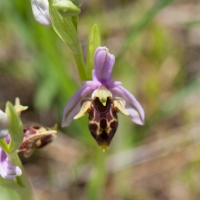
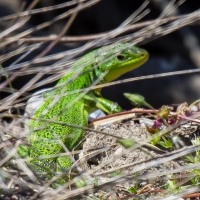
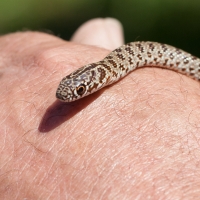
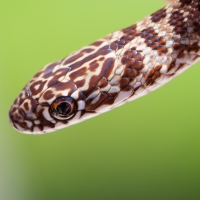
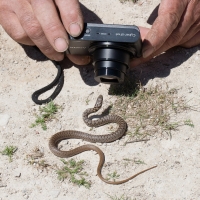
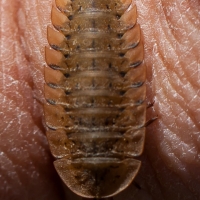
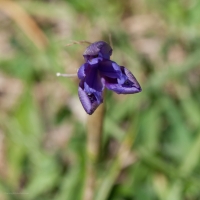
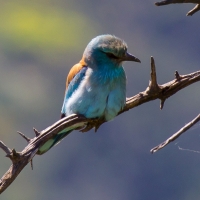
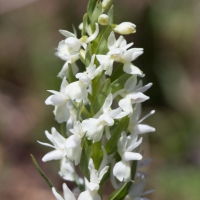
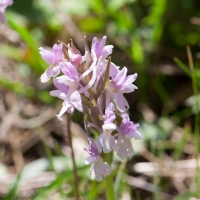
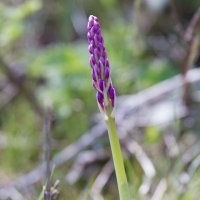
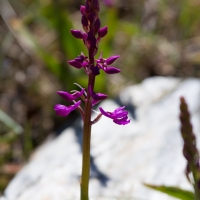
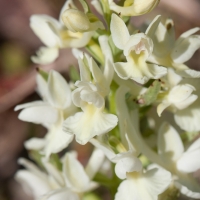
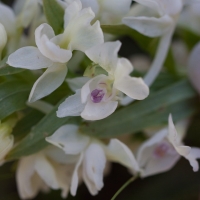
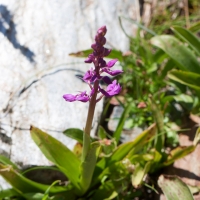
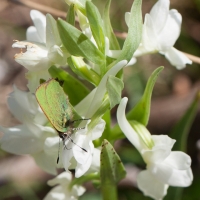
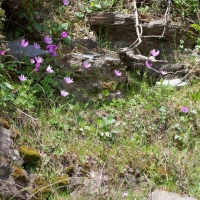
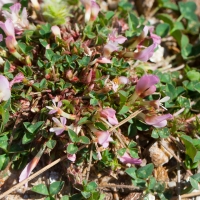
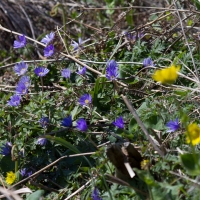
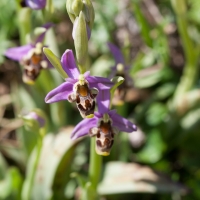
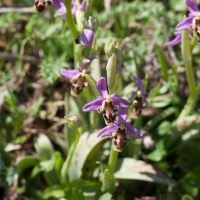
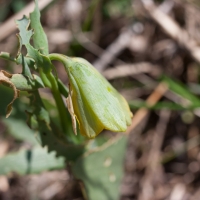
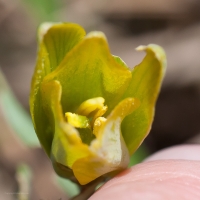
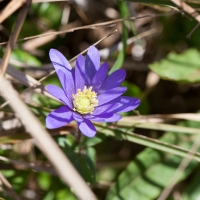
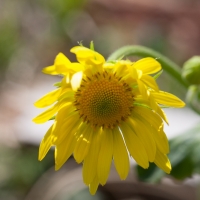
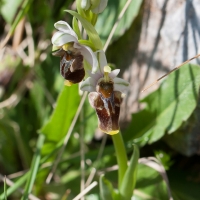
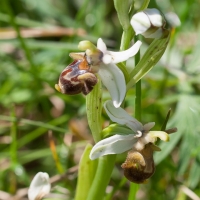
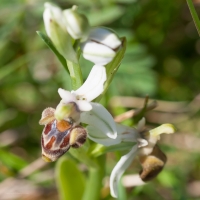
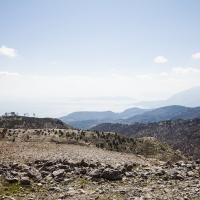
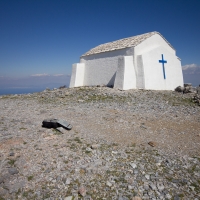
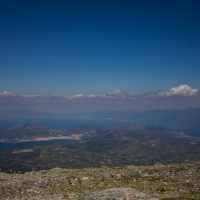
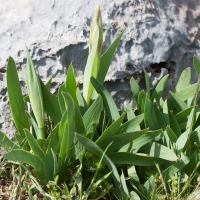
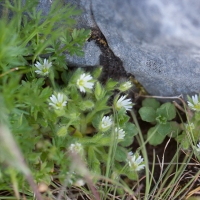
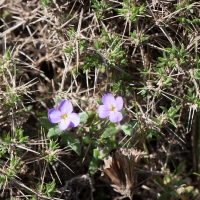
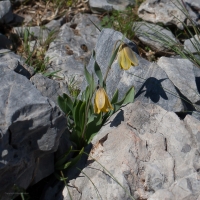
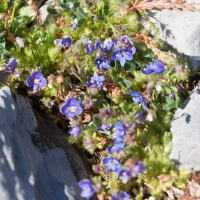
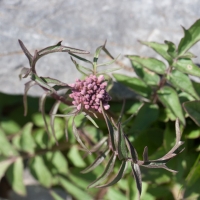
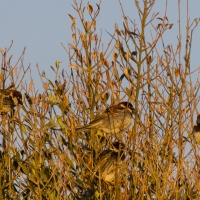
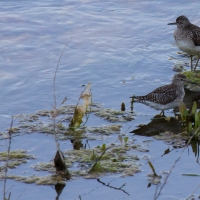
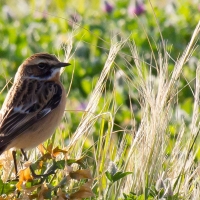
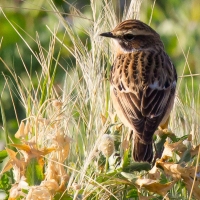
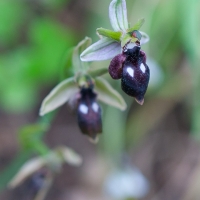
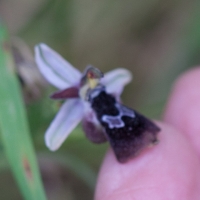
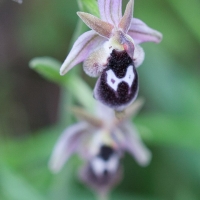
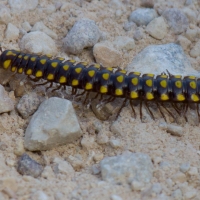
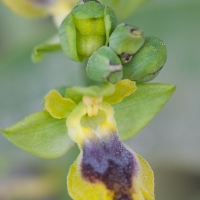
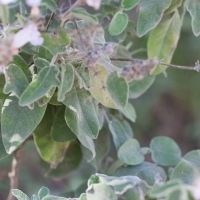
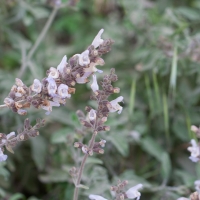
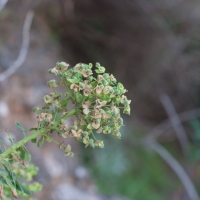
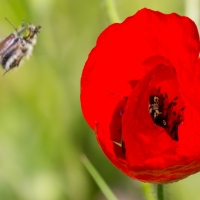
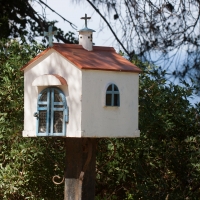
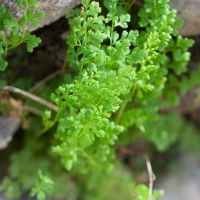
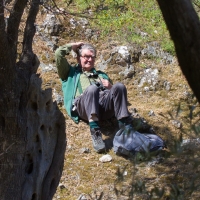
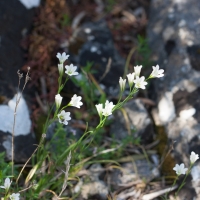
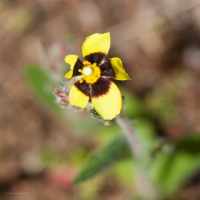
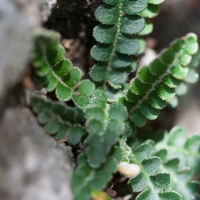
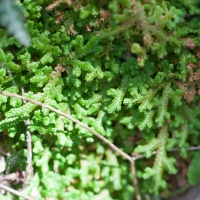
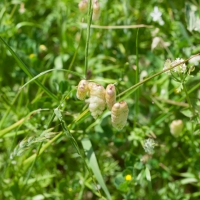
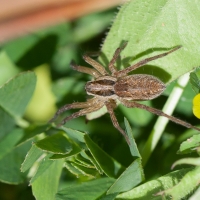
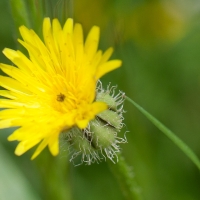
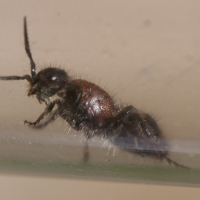
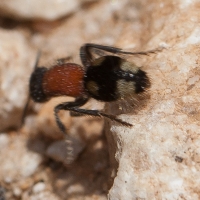
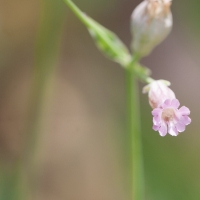
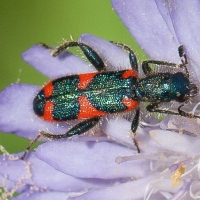
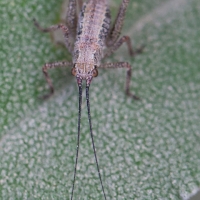
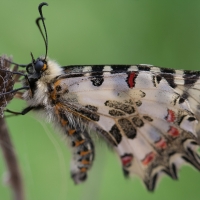
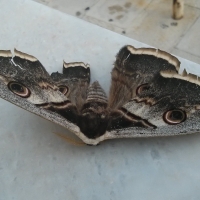
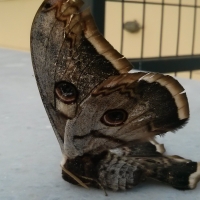
Comments
Samos Naturetrek holiday 17th April and 25th April 2015 — No Comments
HTML tags allowed in your comment: <a href="" title=""> <abbr title=""> <acronym title=""> <b> <blockquote cite=""> <cite> <code> <del datetime=""> <em> <i> <q cite=""> <s> <strike> <strong>